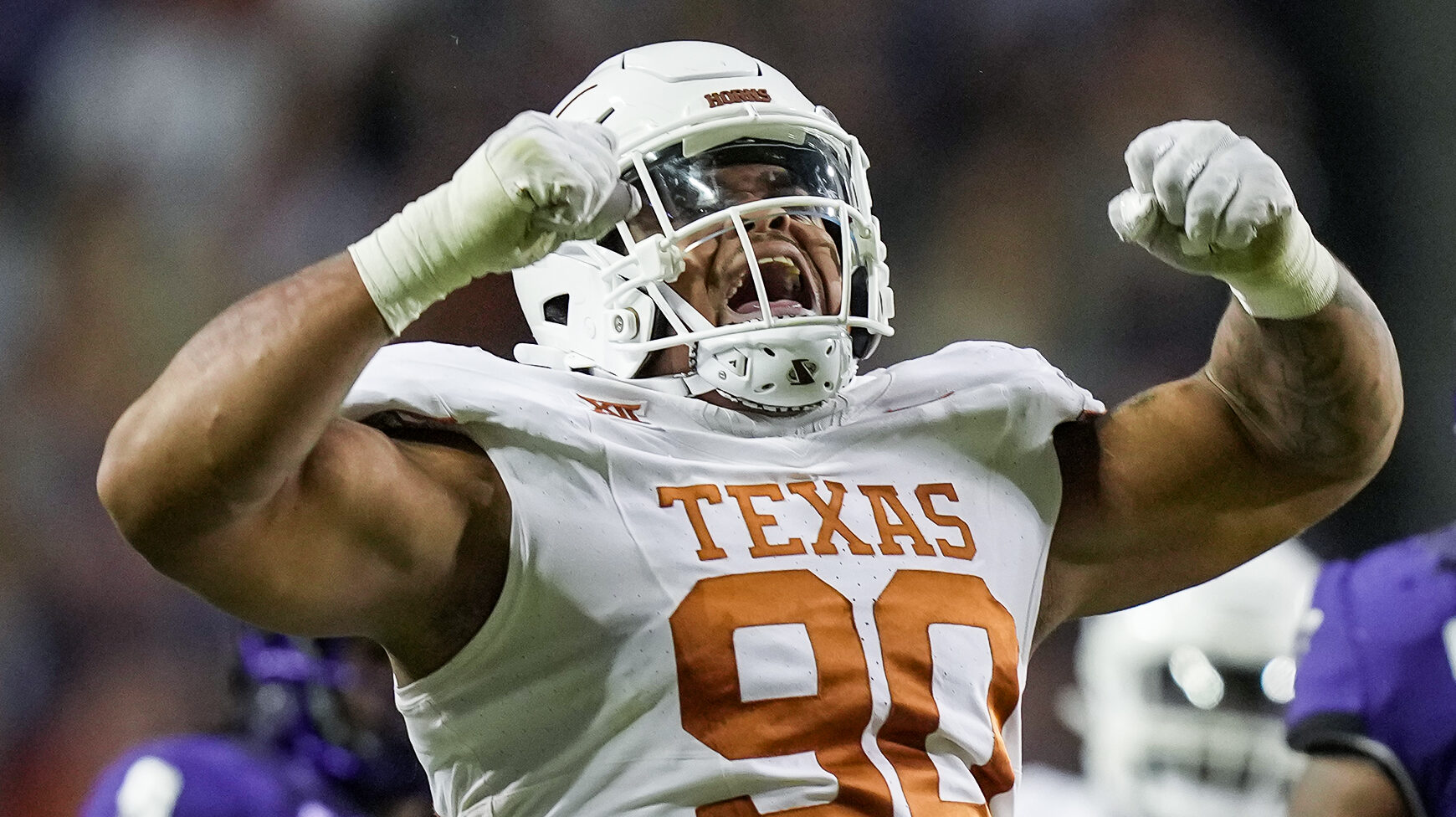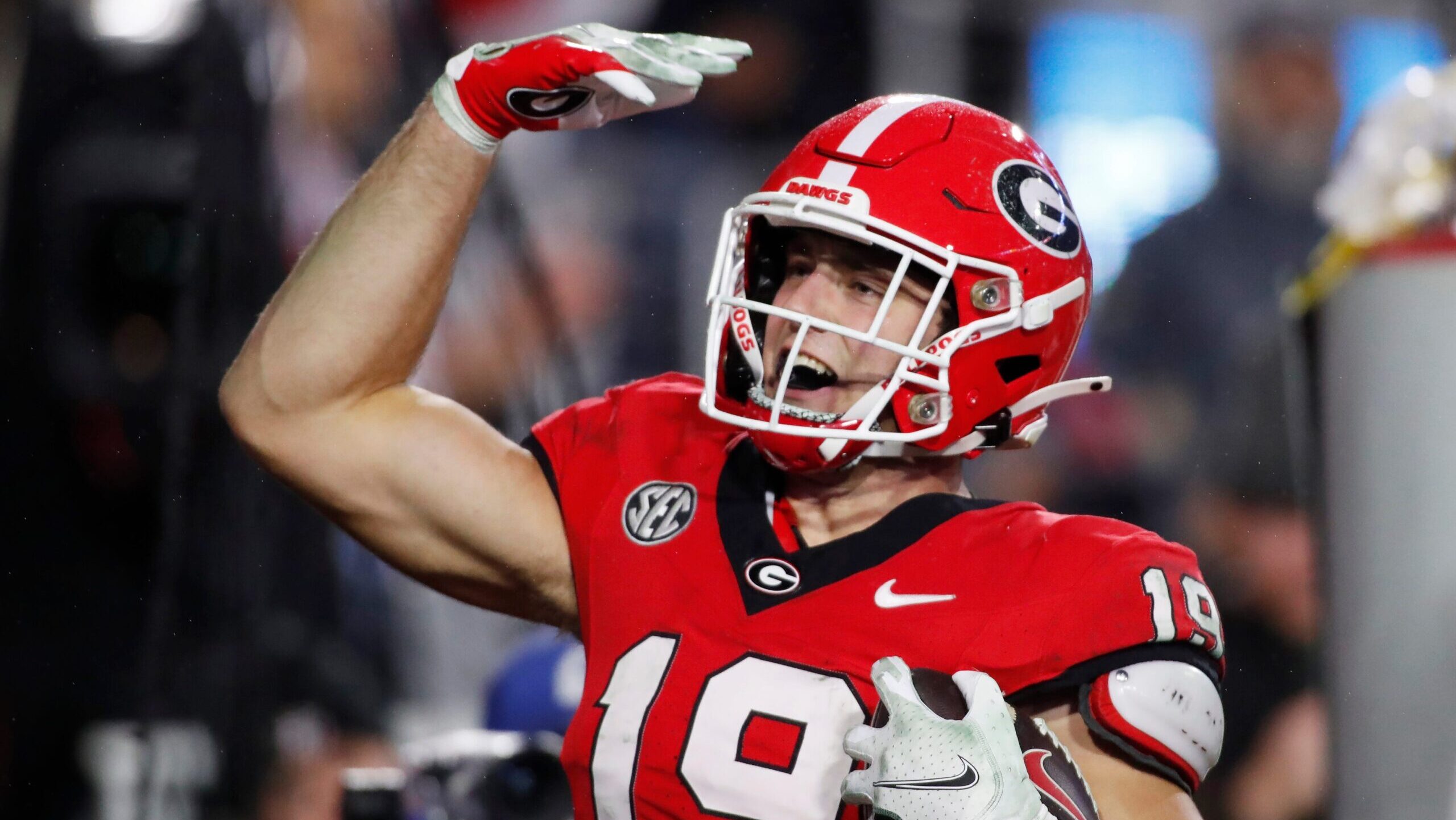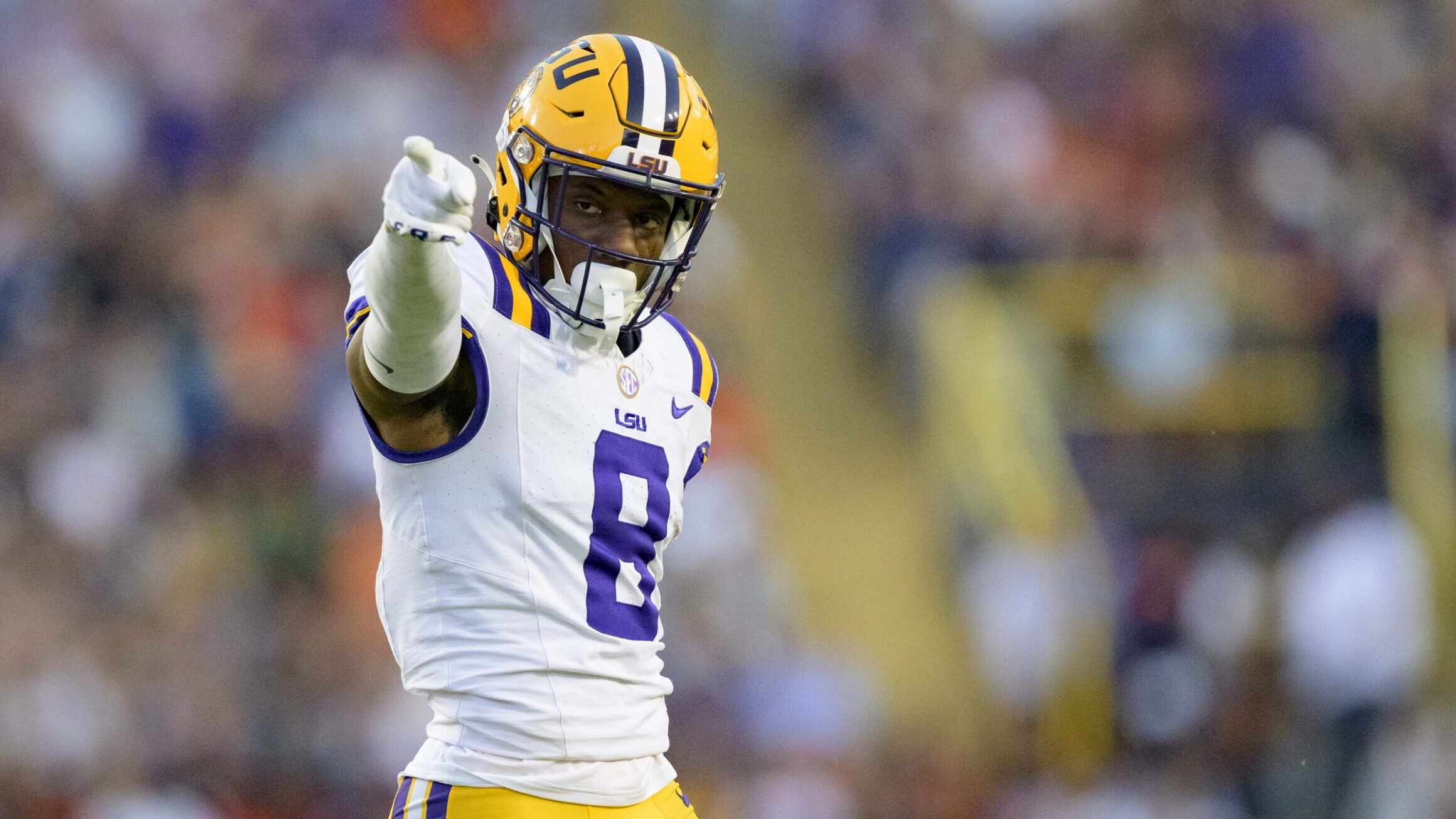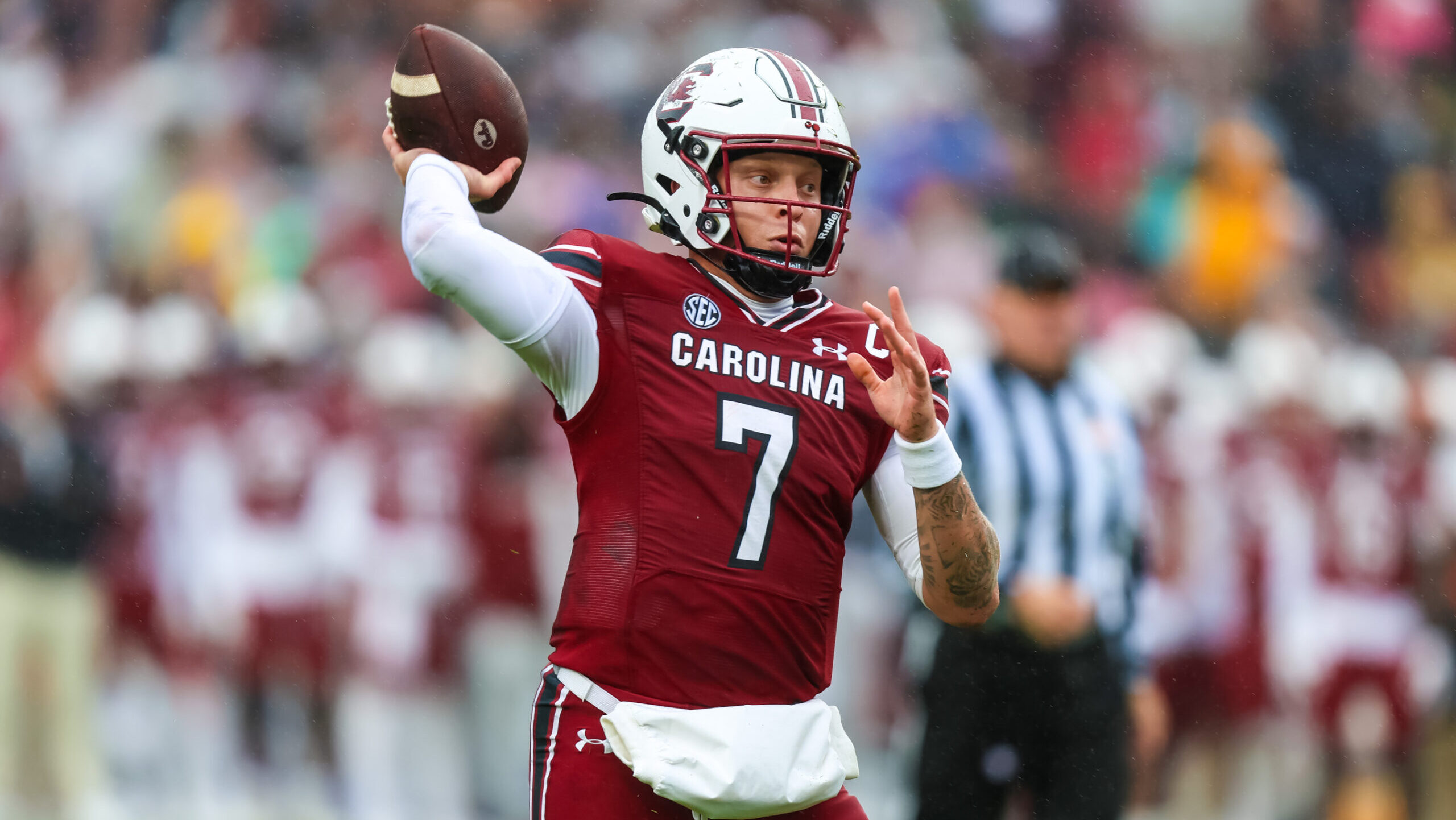Analysis
2/3/23
9 min read
Pulling Back the Curtain: How Teams Plan, Execute Super Bowl Trip
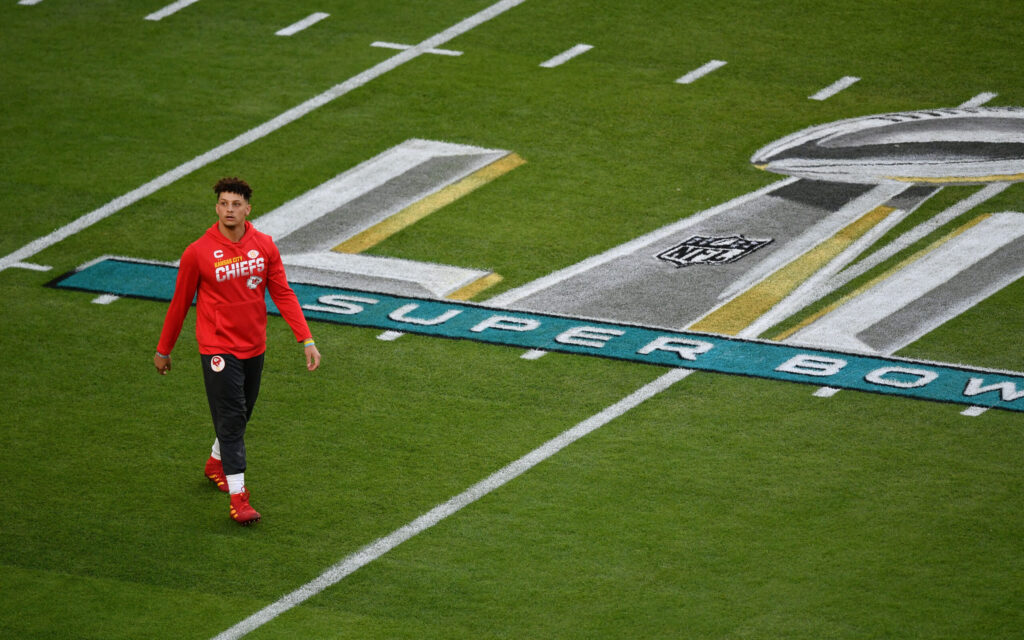
On Monday morning, fans of the Kansas City Chiefs and Philadelphia Eagles were deliriously happy, and two groups of players, coaches and support staff were getting ready to make the road trip of their lives to the top of the football world.
How the front offices of those teams organize the trip and aid the coaches and staff in preparation for the Super Bowl can make a significant difference in winning or losing the game.
As general manager for two teams that made multiple Super Bowl appearances, I’ve experienced what goes on behind the scenes in the weeks leading up to the showdown for the NFL's biggest game.
Rules, Procedures, Costs
Let’s start with the rules and procedures the league sets for the participating teams. The league has an executive vice president who’s responsible for the game. During my career, I worked with two of the best in any sport: Jim Steeg and Frank Supovitz. They assign liaison officers (usually from the football operations department who are well-known to the front offices and coaches) to work daily with the participating teams.
They help with logistics and league policy at the game site. The NFL publishes a manual given to every team in the spring. This book outlines what the league expects of participating teams in terms of arrival dates and times, media obligations, practice sites and times, hotels, bus transportation and costs the league will cover.
The NFL essentially covers the cost of the trip for the team and football staff, including security at the team hotel, which is important and expensive. They also provide a not-so-insignificant stipend toward the postgame party and rings. Incidentally, both teams have postgame parties for the players, coaches, staff and families and both teams get rings.
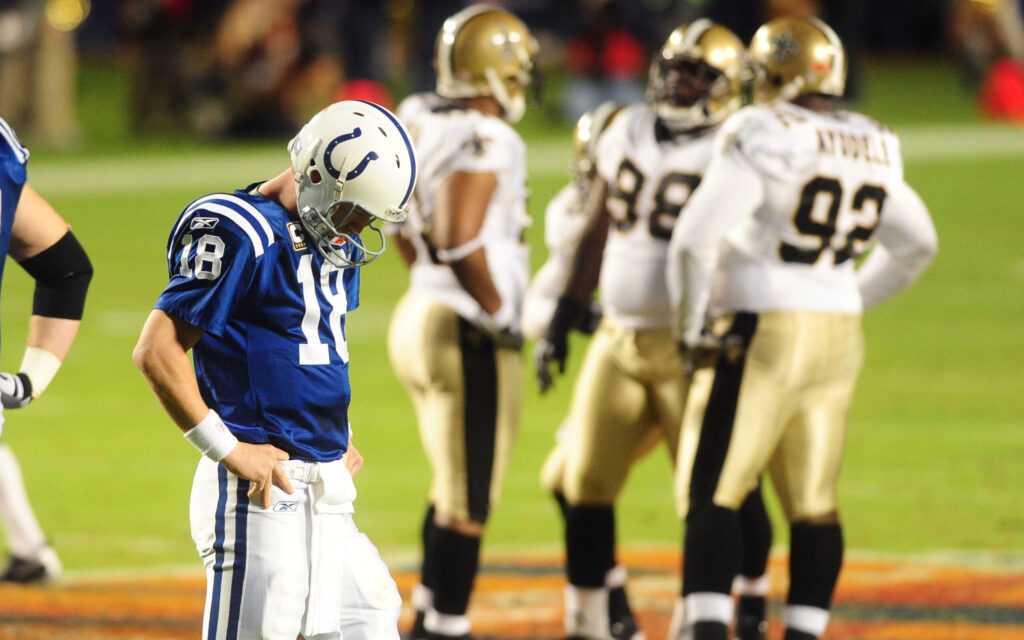
Obviously, the loser’s party is anything but joyous, and the runner-up’s rings (in recognition of the conference championship), while wonderful and treasured mementos are nowhere near as gaudy as the championship rings. Interestingly, the more Super Bowls the franchise wins, the more the league pays toward the rings. However, they only cover a certain number of rings per team.
In my day, the number was 100 per team. That barely covers the players, coaches, football support staff and front office. I was fortunate to work with two generous club owners: Ralph Wilson with Buffalo and Jim Irsay with the Colts. They provided a ring for every member of the organization out of their own pockets.
Most of the cost for the postgame party and transportation of the non-team traveling party are borne by the competing clubs. By the way, the winner’s and runner-up’s financial rewards for players are set by the collective bargaining agreement. The only league mandate is full-time coaches and all players on the roster for the Super Bowl game, whether active or injured, must receive payment.
Last year, the winner’s share was $150,000 per person. The runner-up's share was $75,000. Bonuses for any other member of the organization are entirely left to the discretion of each team owner. The owners I worked with provided bonuses for every member of the organization.
The two clubs participating in this year’s Super Bowl have been there recently – Kansas City in 2019 and 2020 and Philadelphia in 2018. As a result, they have developed policy manuals and procedures that will make the trip this year, while not easy, smoother than a first-time participant.
With both Buffalo and Indianapolis, our first trip marked an inaugural journey to the big game, and in the case of the Colts, it had been a long time. Consequently, there was no institutional memory of a trip to a modern Super Bowl. With the Bills, we enlisted the help of the late Jerry Vainisi, who directed the 1985 Bears trip to New Orleans. He was a huge resource. In Indianapolis, we just updated our Bills manual. We had two of the best front-office people in the business working side-by-side: Steve Champlin and Pete Ward. They formed an All-Pro team.
These men and their staff did an incredible job handling player and family logistics and issues. They found cribs for players’ children, got tickets for family members and handled the illnesses of club families at the game site. Their literal 24-hour-a-day availability and effort allowed the players and coaches to focus on and prepare for the biggest game of their careers.
A victory in the conference championship game is, in many ways, more emotional than a Super Bowl win. First and foremost, you get to celebrate this lifetime goal with your teammates, coaches and staff on the field and in the locker room. If you win the Super Bowl, players are taking off to media as soon as the TV awards ceremony ends.
When we won with the Indianapolis Colts, it was nearly two hours after the game before coach Tony Dungy got to speak to us as a group. A large majority of the players didn’t even get to touch the Lombardi Trophy they had dreamed of winning since childhood until long after the game ended. When you win the conference championship, you get to celebrate with your fans, whether at home or on the road.
In Buffalo, thousands came to the airport in frigid weather to meet the plane and celebrate with us when we beat Miami in 1992. At the Super Bowl, your fans represent a minority of those in the stadium. The point is, the joy of reaching the Super Bowl is more unadulterated than winning the Super Bowl because there are so many outsiders involved and interruptions after winning the big game.
However, we’ll take the Super Bowl win any day.
Setting Super Bowl Tone
After prevailing in the conference championship game, the head coach and general manager have to set a tone that both celebrates the great achievement of reaching the Super Bowl and, at the same time, refocuses the entire organization on the task at hand — winning the Super Bowl and “writing our name in the history books.”
Our answer to that challenge was like everything else we did with our teams: we emphasized organization and preparation. We brought the players in the Tuesday after the championship game for an orientation meeting. The broad outlines of policy and procedure already had been set, but we solicited input from senior players on things like family travel and ticket distribution. Our coaches - Dungy with the Colts and Marv Levy with the Bills - set the tone by emphasizing the need for taking our normal approach to preparation. In Dungy’s words, “do the ordinary in an extraordinary way.”
During our first pre-Super Bowl meeting in Indianapolis, Adam Vinatieri, who had been to the big game before with New England, pointed out that “the team that views this as just another game first has the best chance to win. Put the emotion away and get ready to win.” We covered our two-week itinerary and finished with the important ticket and travel information. The meeting ended with the admonition: “get out of the ticket business early, and let’s get on with the job of preparing to win.”
By the way, there are no free tickets to the Super Bowl. Both Wilson and Irsay generously purchased four tickets for every player, coach and football staff member. The traveling party also was allowed to purchase up to 16 more tickets at their own expense. We emphasized these were for family and closest friends and there are distribution restrictions and severe penalties for scalping. There were subsequent meetings later in the week with families and non-football staff to orient them on their itinerary and facilitate the purchase of tickets and additional hotel rooms.
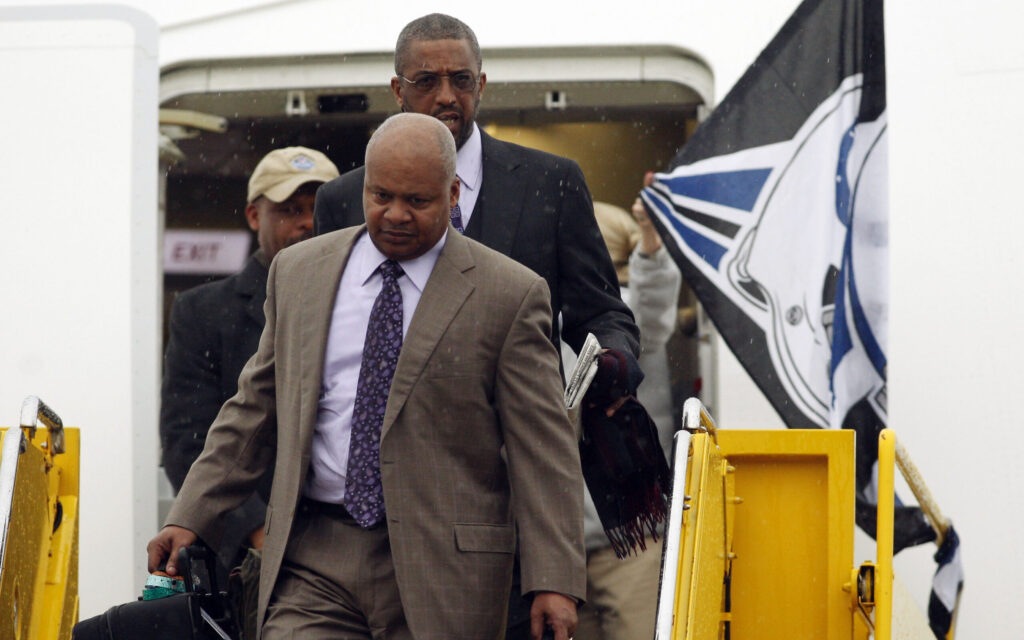
Our preference, both in Buffalo and Indianapolis, was to arrive at the game site as late as the league would allow. In those days, that meant Monday. Now there is something called “Super Bowl Opening Night” on Monday, which is a televised press availability that reminds me of a mad-cap quiz show combined with a carnival. Thank God, we didn’t experience that.
Practice time and press availability every day at the game site is determined in advance by the league and the “home team” rotates every year by conference. The “home team” gets its choice of locker room, bench, jersey color, practice time and press availability time. Early and mid-morning are allocated for meetings, so your routine is not dissimilar to a normal practice week at home.
The only difference is you ride a bus with a police escort to and from practice every day. In all of the Super Bowls our teams participated in, we installed the game plan at home during the week and polished it the following week at the Super Bowl site.
Creating Tradition
One of the innovations Levy brought to our four consecutive Super Bowl trips in Buffalo was following a custom he established at home during the regular season. Saturday practice was a short walk-through covering substitutions, the kicking game and certain special situations. The families of players and staff along with visiting guests – usually aunts, uncles and grandparents – were allowed to watch practice.
Before Super Bowl XXV in Tampa Bay, Levy suggested to me we follow the same routine for the biggest game of our lives. It was a great idea and what occurred remains an indelible memory to this day. After the players dressed in game uniforms for the team picture, we allowed the families to come on the field and take all the pictures they wanted with “their player.”
It was a wonderful sight to see the pride the families had in their young man who had made it to the top of the football world. Incredibly, many relatives came up to Levy and me to thank us for giving their loved ones a chance to play in the NFL. Our thoughts were just the reverse: “Thanks for sending him to us.”
In Indianapolis, Dungy was a little wary of adopting this tradition, but he humored me and said, “Let’s give it a try.” It was a huge success and by the time we reached our second Super Bowl, we needed more than 20 buses to transport these Saturday morning guests to practice. Of all the memories the Super Bowl creates for participants, this one is my most cherished because, in reality, a football team is a large family and to share this most special professional moment of your life with those closest to you is an incredible joy.
As told to Vic Carucci


